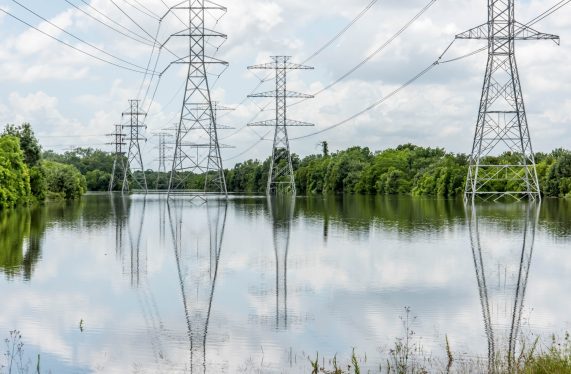In a world transitioning enthusiastically towards renewable energy sources, the debate about methods of harnessing wind, sun and water is often at the center of attention.
However, these resources are intermittent - the sun doesn't shine at night and the wind doesn't always blow.
This instability poses a challenge to the stability of power grids, which require a constant balance between energy supply and demand.
This is where an unsung hero in the transition to a green energy future comes to the fore: energy storage.
As the world moves away from fossil fuels, the need to store energy from intermittent renewable sources becomes paramount.
Interruptions: The Achilles' heel of renewable energy
Solar and wind power are at the forefront of the renewable energy revolution. They are clean, abundant and increasingly efficient.
However, the intermittent nature of these sources means that sometimes there is a surplus or a deficit of energy.
If there was no way to store the surplus energy for later use, renewables could remain on the sidelines, despite their huge potential.
Bridging the gap with energy storage

This is where energy storage systems come in to help.
By storing excess energy produced during peak periods, these systems can release it during intervals of low production, ensuring a consistent energy supply.
These systems can be likened to giant, advanced batteries (although not all forms of energy storage are battery-based) that act as a buffer, smoothing out the fluctuations in renewable energy production.
Types of energy storage
- Lithium-ion batteries: Currently, these batteries are the predominant choice for energy storage both on a grid scale and on a residential scale. They are efficient, have high energy density and their prices are declining thanks to advances in technology and economies of scale.
- Hydro pumped storage: This form of grid energy storage involves two water reservoirs at different altitudes - when there is ample energy, water is pumped into the highest reservoir, and during shortages, it is released to flow downwards, spinning turbines to generate electricity. More information on pumped storage is provided in the corresponding article. Also, see how we contributed to the development of pumped storage plants in Amfilochia.
- Thermal storage (solar thermal plants): concentrated solar power plants, for example, can use salts to store heat from the sun, releasing it at night to generate electricity. On a smaller scale, buildings can use phase change materials to store heat or cooling for later use.
- Flywheels: These are devices that store energy in a rotating mass. When the grid needs power, the flywheel's rotational energy is converted back into electricity.
- Emerging technologies: Interesting innovations are on the horizon, such as gravity-based storage, flow batteries and green hydrogen, where excess renewable energy is used to break down water, storing energy in hydrogen gas.
Economic and environmental impacts
Energy storage does more than just provide a steady supply of energy.
First, it plays a role in reducing energy costs.
By storing cheaply produced energy and releasing it when demand and prices are high, storage systems can reduce the overall cost of electricity for consumers.
In addition, by facilitating greater penetration of renewable energy sources into the grid, they help reduce greenhouse gas emissions and the environmental impacts associated with fossil fuels.
Challenges and the way forward

While progress is impressive, there are obstacles to overcome.
Costs, although falling, can still be prohibitive, especially for emerging technologies.
There are also technical challenges related to the lifetime, size and efficiency of storage systems.
However, with the pace of innovation, the continued growth in demand and the pressing need for efficient energy storage solutions, this is a sector ready for growth.
In conclusion, the renewable energy landscape is incomplete without recognition of the catalytic role of energy storage.
As we envision a world powered by clean energy, it is vital that we invest in and support the technologies that ensure this energy is available when we need it.
If solar and wind are the pillars of this green transformation, energy storage acts as the foundation, stabilising and strengthening the whole structure.



